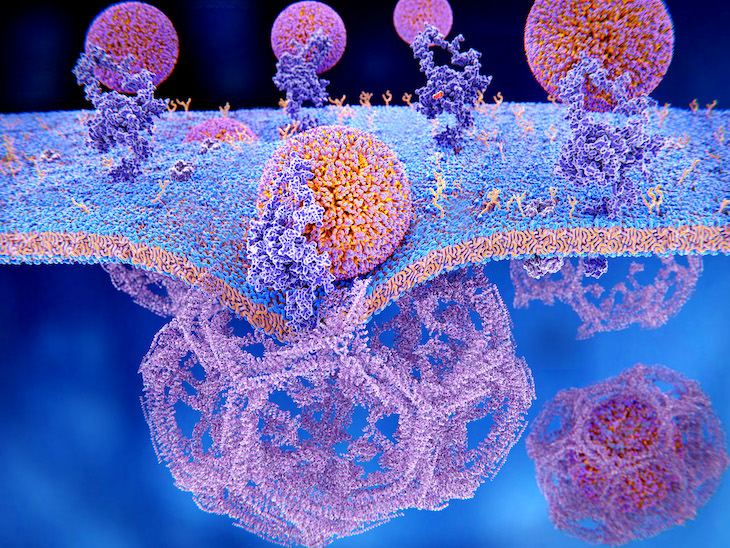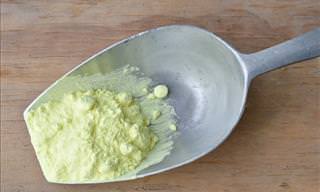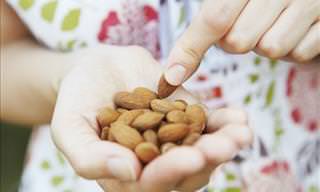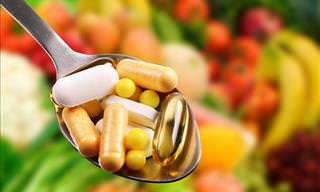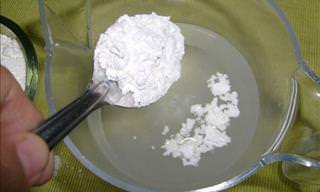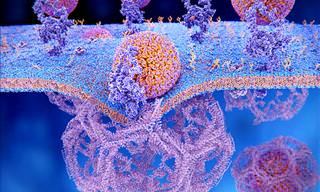1. Learn to spot added sugar in food products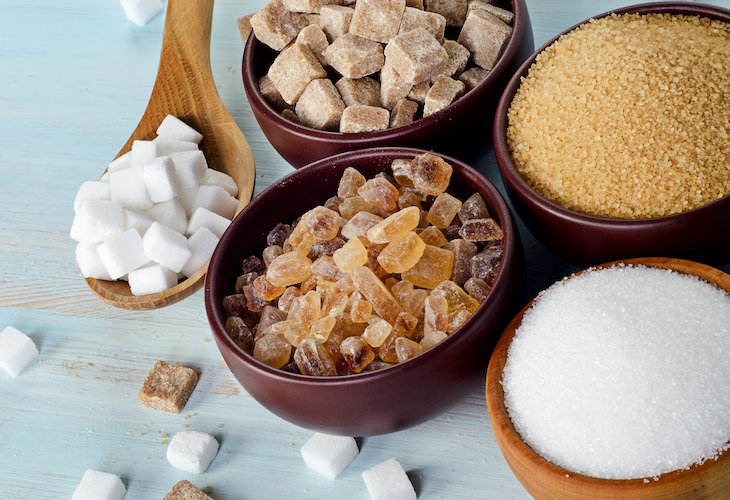
The American Heart Association recommends consuming no more than 10% of your daily calories in added sugar. One study found that, in reality, the average American eats about 14-17% daily.
Simple sugars have been proven to raise triglyceride levels. Minimize your intake of foods that have a lot of added sugar like soda, baked goods, most breakfast cereals, and flavored yogurts. If you want to make a habit of checking the labels of products for added sugar, there are a few terms you should look out for. Those include corn syrup, fruit juice concentrates, cane syrup, cane sugar, honey, molasses, raw sugar, and words ending in “-ose” (dextrose, fructose, glucose, lactose, maltose, sucrose).
2. Add more fiber to your diet
Fiber can keep extra fat and sugar from being absorbed in your small intestine, which can reduce the amount of triglycerides in your blood. When it comes to carbs, opt for high-fiber complex carbs like whole grains, beans, legumes, fruits, and veggies.
Dietary fiber also helps you feel full, so you’re less likely to overeat or snack mindlessly, which would make you consume more calories and sugar than you need. According to one study, eating high-fiber cereal alongside a breakfast high in fat reduced the increase of triglyceride levels in participants after eating by 50%. To learn more, check out our previous article 14 Fantastic Natural Sources of Healthy Fiber!
3. Find a type of aerobic exercise that you enjoy 
Aerobic exercise can lower triglyceride levels by increasing the level of HDL (good) cholesterol in your blood. Research has shown that shorter, more intense workouts are more effective at lowering triglycerides than longer, moderate-intensity periods of exercise.
Activities like walking, jogging, swimming, and bicycling will all get the job done. The most important thing is that you find an activity you truly enjoy and stick with. The American Heart Association recommends getting at least 30 minutes of aerobic exercise 5 days per week.
Related: Not Just Cardio: 6 Activities That Boost Heart Health
4. Eat fatty fish twice a week
Make it a point to put fatty fish like salmon, tuna, sardines, herring, or mackerel on the menu twice a week. These fish varieties are well known for their high omega-3 fatty acid content, which you can only attain through your diet. Omega-3 fatty acids provide the basic ingredients for the synthesis of hormones that regulate blood clotting, the contraction and relaxation of artery walls, and levels of inflammation. They play a key role in lowering triglycerides too.
5. Establish a regular eating pattern
After you eat a meal, the cells in your pancreas send a signal to release insulin into the bloodstream. That insulin is then responsible for transporting sugar to your cells to be used for energy. If you have too much insulin in your blood, your body can become resistant to it, making it difficult for insulin to be used effectively. This can lead to a buildup of both sugar and triglycerides in the blood.
One way to prevent insulin resistance is by having a regular meal pattern. When it comes to how frequently one should eat, evidence is split. Regardless of the number of meals you have in a day, eating regularly can improve insulin sensitivity and lower blood triglycerides levels.
6. Limit alcohol intake
Alcoholic beverages are often high in sugar, carbs, and calories. Just as it is with food, if you take in more calories from alcohol than your body can use, all that is left will get stored as triglycerides.
Research suggests that moderate alcohol consumption doesn't increase triglycerides, and it may even be linked to a reduced risk of heart disease. Excessive drinking, on the other hand, does the exact opposite. Excessive alcohol consumption is defined as more than two drinks per day for women or three for men.
Related: This Is How Alcohol Affects Your Body
7. Eat healthy kinds of fats
Not all fats are made equal. Fats that are tightly packed with no double bonds between the fatty acids are called saturated fats. Those are the type of fat that you want to avoid. Saturated fats can be found in foods like red meat, butter, and highly processed vegetable oils.
Unsaturated fat, on the other hand, is loosely packed and can be divided into two kinds: monounsaturated fat and polyunsaturated fat. The first is found in foods like olive oil, nuts, and avocados. The latter is present in vegetable oils and fatty fish, as well walnuts, flaxseeds, and chia seeds.
Studies have linked saturated fat intake with increased blood triglycerides while unsaturated fats were associated with lower triglycerides levels. To maximize the benefits of unsaturated fats, pick a heart-healthy fat like olive oil and use it to replace other, less healthy types of fat in your diet.
8. Add soy to your diet
Soy foods are rich in flavonoids, a type of plant compound that has a positive effect on cholesterol and triglycerides, as well as other health benefits. One analysis of 23 studies found that soy protein was associated with a 7.3% decline in triglycerides among the participants. Soy protein is found in foods like edamame, tofu, tempeh, and soy milk.
Share these important tips with friends and family
 Go to BabaMail
Go to BabaMail


